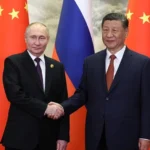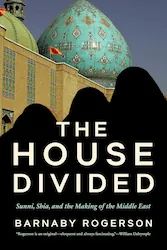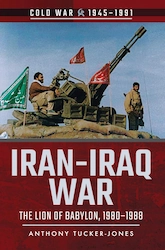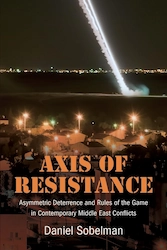Israel-Iran: Escalating Rivalry and Regional Instability
The conflict between Israel and Iran has intensified significantly in recent years, driven by historical grievances and geopolitical rivalry. This antagonism stems from ideological differences, proxy warfare, and competition for regional influence.
- Israel-Iran: Escalating Rivalry and Regional Instability
- Israel’s Nuclear Strategy: Evolution and Challenges
- Recent Escalations: Proxy Warfare and Direct Confrontations
- The Escalatory Trap: Strategic Dilemmas for Israel
- Geopolitical Dimensions: Global Power Dynamics
- Conclusion: Implications for Regional and Global Stability
Since the 1979 Islamic Revolution, Iran has maintained a hostile position toward Israel, supporting Palestinian movements and anti-Israeli groups like Hezbollah and Hamas. In response, Israel has employed a combination of diplomatic, military, and covert actions to counter Iran’s regional ambitions and prevent its potential acquisition of nuclear weapons.
Recent events have further escalated tensions, with more frequent direct military confrontations. Notably, on October 1, 2024, Iran launched a missile barrage targeting Israeli cities and military sites, marking a severe escalation.
The absence of a comprehensive political solution suggests that the potential for future escalation is high.
This attack followed Israeli retaliatory strikes against Iranian proxies in Lebanon, Syria, and Gaza, demonstrating the volatile nature of their engagements. Despite diplomatic efforts by global powers, including the United States, Russia, and European nations, attempts to manage this escalation have seen limited success.
Israel’s nuclear policy has shifted in response to these increasing threats, transitioning from strategic ambiguity to partial disclosure. This change aims to reinforce deterrence and reduce miscalculations by Tehran. However, Iran’s continued pursuit of nuclear capabilities and proxy warfare, combined with shifting regional power dynamics, pose ongoing challenges to Middle Eastern stability. The involvement of external actors, such as the U.S., Russia, and European nations, remains pivotal in influencing the conflict’s trajectory and broader implications.
Israel’s Nuclear Strategy: Evolution and Challenges
Historically, Israel’s nuclear strategy has been defined by ambiguity, a policy designed to deter potential adversaries without triggering a regional arms race.
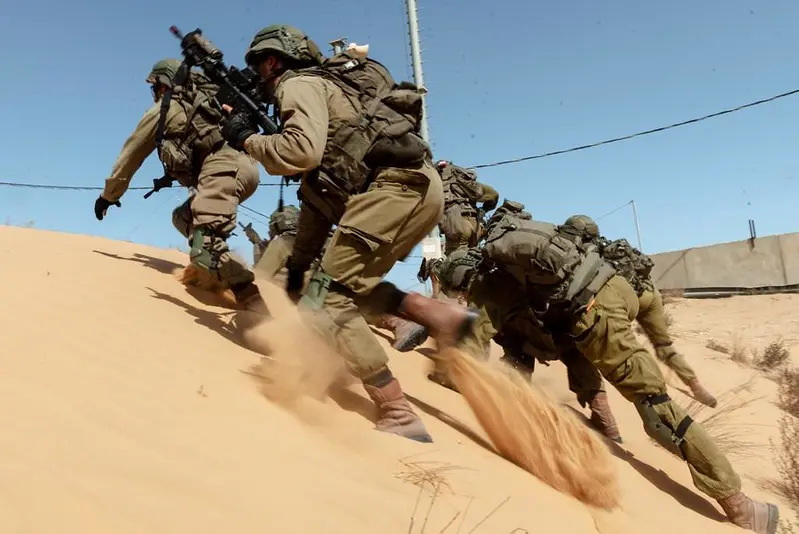
However, the increasing threats from Iran’s nuclear ambitions and proxy attacks have prompted Israel to reconsider this approach. Partial disclosure of its nuclear capacity is intended to enhance the credibility of its deterrence posture and to send clearer signals to Iran, reducing the risk of miscalculations that could lead to unintended escalation.
- Strategic Shift: The shift toward partial nuclear disclosure reflects Israel’s need to adapt to a changing security environment where threats are not only conventional but also asymmetric, such as potential attacks using chemical, biological, or EMP weapons. By clarifying its retaliatory capabilities, Israel seeks to prevent adversaries from underestimating its readiness to respond to existential threats.
- Regional Implications: While Israel aims to strengthen its deterrence, this policy shift could also fuel regional arms races, as other states might seek to develop similar capabilities to counter perceived threats. European leaders have expressed concerns over this potential escalation, urging restraint from both Israel and Iran to avoid a broader conflict.
Recent Escalations: Proxy Warfare and Direct Confrontations
The October 1, 2024, missile barrage by Iran represents one of the most significant escalations in recent years. The attack was a direct response to the killing of senior Hezbollah and IRGC figures in Beirut by Israeli airstrikes. Iran’s use of ballistic missiles, cruise missiles, and UAVs underscores its strategic focus on a multi-layered approach to warfare, leveraging both direct and proxy capabilities to maintain pressure on Israel while minimizing its own vulnerability.
- Israel’s Response: Israel’s interception of most of the incoming missiles prevented significant casualties, but the attack exposed vulnerabilities in its defense systems. Prime Minister Benjamin Netanyahu described Iran’s action as a “grave mistake” and vowed a strong response. U.S. diplomatic efforts focused on ensuring a “proportional” Israeli reaction, reflecting broader concerns over regional stability and potential impacts on global energy markets and maritime security.
- The Role of Hezbollah and Hamas: Iran’s reliance on Hezbollah and Hamas as primary proxies has been a central element of its strategy. Both groups have engaged in direct hostilities with Israel, particularly Hezbollah’s rocket attacks from Lebanon. Recent Israeli airstrikes targeting these groups have raised concerns over further escalation, potentially involving Syria and Iraq as additional theaters of conflict.
The Escalatory Trap: Strategic Dilemmas for Israel
Israel faces a strategic dilemma: whether to escalate the conflict in an attempt to neutralize Iranian threats or to maintain a status quo that fails to achieve lasting security. This “escalatory trap” is largely shaped by Iran’s proxy warfare strategy, which aims to sustain a low-intensity conflict that forces Israel into defensive positions. By operating through proxies, Iran seeks to create continuous pressure on Israel while avoiding direct confrontations that could risk full-scale war.
- Proxy Dynamics: Iran’s proxies, including Hezbollah and Hamas, operate with a level of autonomy that complicates Israel’s military strategy. Direct strikes against these groups risk further escalation, while attacks on Iranian assets could provoke a broader regional conflict. Israel’s challenge lies in finding a balance between responding to immediate threats and avoiding actions that could spiral into an uncontrollable war.
- U.S. and European Mediation: The United States has played a key role in moderating Israel’s response, emphasizing the importance of proportionality and diplomatic engagement to de-escalate tensions. Meanwhile, European nations have called for restraint, highlighting the risks of regional destabilization that could have global repercussions, particularly in terms of energy security and maritime trade routes.
Geopolitical Dimensions: Global Power Dynamics
The Israel-Iran conflict is not confined to a regional context; it has significant geopolitical implications that involve major global powers. The U.S. has traditionally supported Israel’s military strategies, advocating for a strong deterrent against Iran’s nuclear and regional ambitions. However, recent U.S. diplomatic efforts have focused on preventing a broader war that could destabilize the Middle East and disrupt global markets.
- Russia and China’s Role: Russia and China have supported Iran through arms sales, economic agreements, and political backing in international forums. This support complicates Israel’s strategic calculations, as it enhances Iran’s capacity for sustained conflict and strengthens its geopolitical leverage. For Israel, countering Iran’s growing ties with these global powers is a critical component of its broader security strategy.
- Saudi Arabia and Turkey: Regional powers like Saudi Arabia and Turkey are closely monitoring the Israel-Iran conflict, with their own strategic interests at stake. Saudi Arabia has aligned more closely with Israel in recent years to counter Iran’s influence, while Turkey seeks to balance its relationships with both countries to maximize its regional influence.
Conclusion: Implications for Regional and Global Stability
The ongoing conflict between Israel and Iran represents a critical flashpoint in Middle Eastern geopolitics, with far-reaching implications for regional stability and global security. Israel’s shift from nuclear ambiguity to partial disclosure reflects an adaptive strategy aimed at enhancing deterrence, but it also risks fueling further arms races and escalating tensions. Iran’s proxy warfare strategy remains a central challenge, as it forces Israel into difficult strategic decisions that could trigger broader regional conflicts.
Efforts by global powers to mediate the conflict have had limited success, underscoring the complexity of achieving a sustainable resolution. The U.S., while supporting Israel’s security measures, has sought to avoid a regional war that could have significant impacts on global markets. European nations have emphasized the need for de-escalation to prevent catastrophic outcomes, while Russia and China’s support for Iran adds another layer of complexity to the conflict dynamics.
As the region remains on edge, the absence of a comprehensive political solution suggests that the potential for future escalation is high. Any miscalculation could have profound consequences, not only for Israel and Iran but for the broader Middle East and the global geopolitical order.


